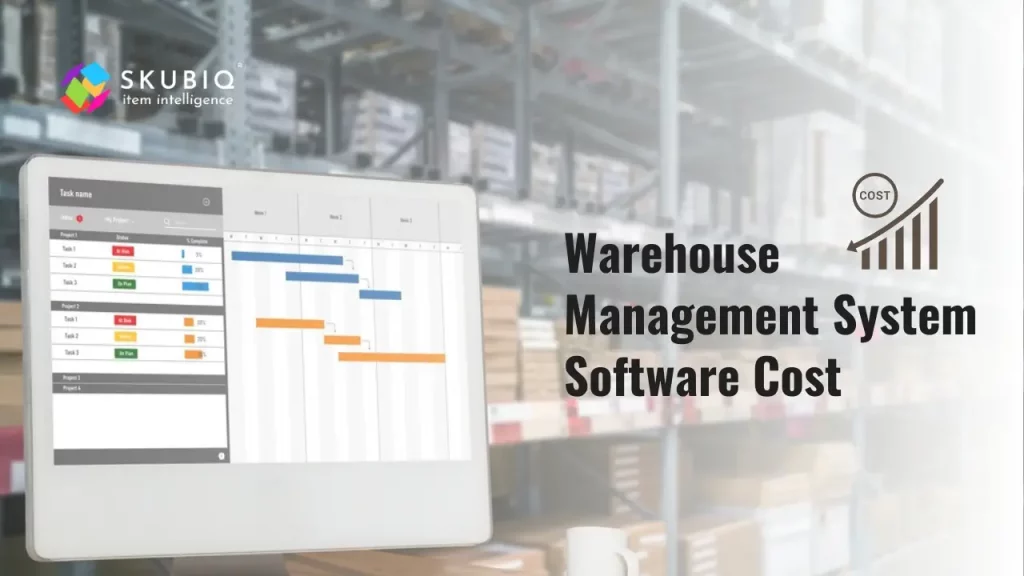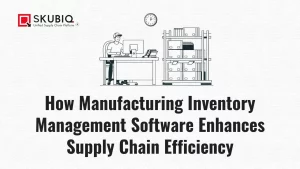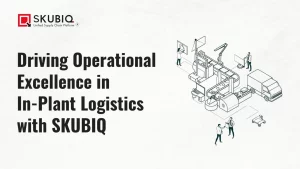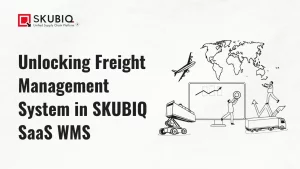In the fast-paced world of warehouse management, the key to success lies in how to manage warehouse employees efficiently. A well-organized warehouse is crucial for maintaining a smooth supply chain and meeting customer demands. The role of a warehouse manager is pivotal in ensuring that all processes run seamlessly, and this involves effective employee management. In this article, we will delve into the intricacies of how to manage warehouse employees and the significant role that a warehouse manager plays in this process.
Understanding Warehouse Management Systems
Before delving into the cost considerations, it’s essential to grasp the fundamental role of warehouse management systems. These software solutions are designed to optimize and automate various aspects of warehouse operations. From inventory tracking to order fulfillment, a robust WMS can significantly enhance accuracy, speed, and overall productivity.
Key Features of Warehouse Management Systems
To comprehend the warehouse management system landscape better, let’s explore some key features commonly found in these software solutions:
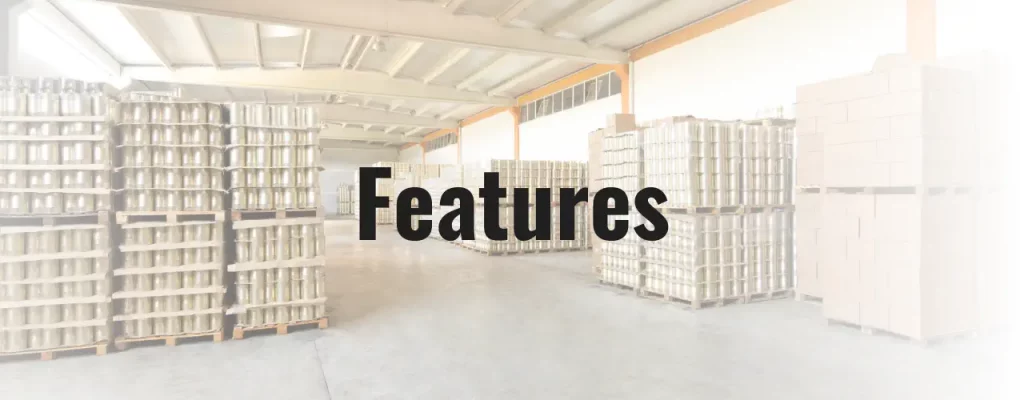
1. Inventory Management
A WMS provides real-time visibility into inventory levels, enabling businesses to minimize stockouts and overstock situations. Accurate inventory tracking is crucial for avoiding disruptions and ensuring customer satisfaction.
2. Order Processing
Efficient order processing is a hallmark of a reliable WMS. These systems streamline the entire order fulfillment process, reducing errors and improving order accuracy.
3. Tracking and Monitoring
Advanced tracking and monitoring functionalities enable businesses to trace the movement of goods within the warehouse. This not only enhances security but also aids in identifying and rectifying bottlenecks in the workflow.
4. Integration Capabilities
Factors Influencing Warehouse Management System Software Cost
Now, let’s dive into the factors that contribute to the overall warehouse management system software cost. Understanding these elements is crucial for businesses to estimate the investment required accurately.

1. System Complexity
The complexity of the WMS plays a pivotal role in determining the cost. Basic systems with essential features may come at a lower price point, while more sophisticated solutions with advanced functionalities will be pricier.
2. Scalability
The ability of the WMS to scale with the growth of the business is a vital consideration. A scalable system can adapt to increasing data volumes, transaction loads, and user numbers without requiring a complete overhaul, thus offering long-term cost-effectiveness.
3. Hardware Costs
For on-premise solutions, businesses need to invest in hardware infrastructure. This includes servers, network equipment, and other hardware components necessary for the WMS to operate efficiently.
4. Training Expenses
Training costs involve educating the workforce on how to use the new system effectively. Training programs can be conducted onsite or remotely, and the expenses may include training materials, instructor fees, and potential productivity losses during the training period.
5. Support and Maintenance
Ongoing support and maintenance are critical for the continuous functioning of the WMS. Businesses should budget for regular updates, bug fixes, and technical support to address any issues that may arise during the system’s operation.
Optimizing Warehouse Management System Costs
While the warehouse management system software cost is a substantial investment, businesses can take strategic steps to optimize and manage these expenses effectively:
1. Prioritize Needs vs. Wants
Identify the core functionalities your business requires and prioritize those over additional features that may be enticing but are not essential. This ensures that you invest in what is crucial for your specific operations.
2. Explore Financing Options
Some vendors offer financing or leasing options that can help distribute the cost over time. This can be particularly beneficial for businesses with budget constraints looking to implement a robust WMS.
3. Consider Cloud-Based Solutions
For small businesses, cloud-based WMS solutions offer cost advantages in terms of lower upfront expenses and reduced reliance on in-house IT infrastructure. Additionally, cloud solutions often provide automatic updates and scalability, reducing the burden on internal resources.
4. Negotiate with Vendors
Don’t hesitate to negotiate with WMS vendors. Many are open to discussing pricing, especially for long-term contracts or bundled services. Be transparent about your budget constraints and explore potential discounts or flexible payment terms.
5. Invest in Employee Training
Well-trained employees can maximize the efficiency of the WMS, leading to improved productivity and fewer errors. While training incurs an upfront cost, the long-term benefits in terms of operational efficiency and accuracy can outweigh these initial expenses.
6. Regularly Review and Optimize
As your business evolves, periodically review your WMS and assess whether it still aligns with your needs. This proactive approach allows you to make adjustments, potentially reducing unnecessary expenses and ensuring optimal performance.
Conclusion
Implementing a warehouse management system is a strategic decision that can significantly enhance the efficiency of your warehouse operations. While the warehouse management system software cost may seem daunting, viewing it as a long-term investment in operational excellence provides a more accurate perspective.
By understanding the key factors influencing costs, breaking down expenses into specific categories, and adopting optimization strategies, businesses can navigate the WMS landscape with confidence. Whether you are a small business looking for a tailored solution or a large enterprise
Frequently Asked Questions (FAQs) - Warehouse Management System Costs
Warehouse Management Systems (WMS) commonly include features such as inventory management, order processing, tracking and monitoring, and integration capabilities with ERP and CRM systems. These functionalities aim to optimize and automate various aspects of warehouse operations.
Answer: The complexity of a WMS plays a significant role in determining its cost. Basic systems with essential features may be more affordable, while sophisticated solutions with advanced functionalities tend to have a higher price point.
Several factors influence the cost of WMS software, including system complexity, scalability, deployment model (cloud-based or on-premise), customization needs, integration requirements, and the level of training and support required.
The cost breakdown of WMS software typically includes licensing fees, implementation costs, hardware costs (for on-premise solutions), training expenses, and ongoing support and maintenance costs. These categories provide a detailed understanding of where the budget is allocated.
Businesses can optimize WMS costs by prioritizing essential functionalities, exploring financing options, considering cloud-based solutions, negotiating with vendors, investing in employee training, and regularly reviewing and optimizing the system as the business evolves.
Choosing a reputable vendor with a successful track record in WMS implementations is crucial for reliability, support, and expertise. While reputable vendors may charge a premium, their contribution significantly contributes to the overall success of the system and ensures ongoing support.
